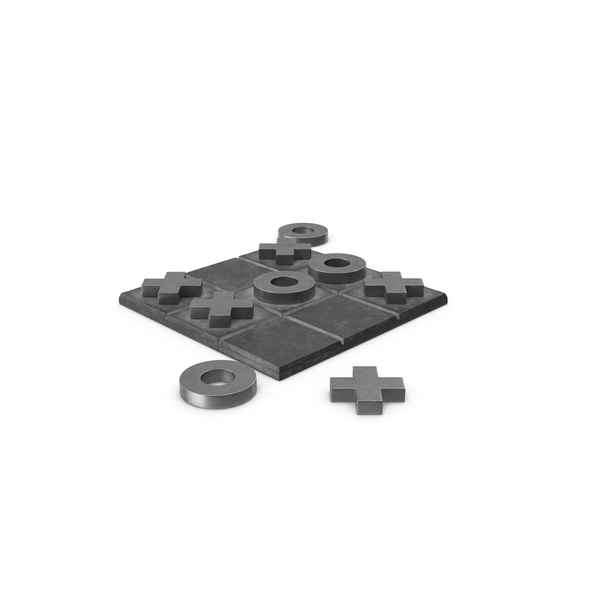The presidency of Donald Trump was marked by a series of significant foreign policy decisions, one of which was the strengthening of the United States' relationship with Israel. A key aspect of this relationship was the continued support for Israel's defense systems, particularly the Iron Dome. The Iron Dome, a missile defense system designed to intercept and destroy short-range rockets and artillery shells, has been a crucial component of Israel's defense strategy since its deployment in 2011. Under Trump's leadership, the U.S. reinforced its commitment to Israel's security, including substantial financial and technological contributions to the Iron Dome system.
Historical Context and Development of the Iron Dome
The Iron Dome system was developed by Rafael Advanced Defense Systems and Israel Aerospace Industries, with significant funding from the United States. The system’s development was a response to the increasing threat posed by short-range rockets, particularly from Hamas in the Gaza Strip and Hezbollah in Lebanon. The first battery of the Iron Dome became operational in 2011, and since then, it has been continuously upgraded and expanded, thanks in part to U.S. support. During Trump’s presidency, this support continued, reflecting the administration’s prioritization of Israel’s security needs.
Trump Administration’s Support for the Iron Dome
The Trump administration’s commitment to Israel’s defense was evident in its budget allocations. In 2018, the U.S. Congress passed a bill that included 705 million for Israel's missile defense systems, of which 290 million was specifically allocated for the Iron Dome. This funding not only supported the production of additional Iron Dome batteries but also facilitated the system’s integration with other U.S. and Israeli defense systems, enhancing its effectiveness. The administration’s support for the Iron Dome was part of a broader effort to bolster Israel’s defenses against a range of threats, from short-range rockets to more sophisticated ballistic missiles.
| Year | U.S. Funding for Iron Dome |
|---|---|
| 2018 | $290 million |
| 2019 | $235 million |
| 2020 | $300 million |
Impact and Effectiveness of the Iron Dome
The Iron Dome has proven to be highly effective in intercepting rockets and artillery shells launched from Gaza and Lebanon. With a success rate of over 90%, the system has saved countless lives and prevented significant damage to infrastructure. The psychological impact of the Iron Dome should not be underestimated; it has provided a sense of security for Israeli civilians living in areas under threat from rocket attacks. Under Trump’s leadership, the continued strengthening of the Iron Dome was seen as a critical component of maintaining this security and deterring potential aggressors.
Challenges and Future Developments
Despite its successes, the Iron Dome faces challenges, including the evolving nature of the threats it is designed to counter. Enemies of Israel have developed more sophisticated and longer-range missiles, which the Iron Dome is not designed to intercept. To address these threats, Israel has developed and deployed additional defense systems, such as the Arrow and David’s Sling. The Trump administration’s support for these systems, in addition to the Iron Dome, reflects a comprehensive approach to Israel’s defense needs. Future developments are likely to include further integration of these systems, enhancing their overall effectiveness and providing a multi-layered defense against a range of threats.
Key Points
- The Trump administration significantly supported the Iron Dome, with substantial funding allocated for its development and expansion.
- The Iron Dome has been highly effective in protecting Israeli civilians from rocket and artillery attacks, with a success rate of over 90%.
- U.S. support for the Iron Dome is part of a broader commitment to Israel's security, reflecting the strategic importance of the U.S.-Israel relationship.
- Future challenges include the need to counter more sophisticated and longer-range missile threats, necessitating the continued development and integration of Israel's defense systems.
- The diplomatic and strategic context of U.S. support for the Iron Dome is closely tied to efforts to counter Iranian influence in the region and protect Israel from a range of threats.
In conclusion, the Trump administration's support for the Iron Dome was a pivotal aspect of its policy towards Israel, reflecting a deepening of the strategic relationship between the two countries. The effectiveness of the Iron Dome in safeguarding Israeli civilians and the continued U.S. commitment to its development underscore the system's importance in regional security dynamics. As the Middle East continues to evolve, with new challenges and threats emerging, the Iron Dome and other Israeli defense systems will remain critical in ensuring the security of Israel and stability in the region.
What is the primary purpose of the Iron Dome system?
+The primary purpose of the Iron Dome is to intercept and destroy short-range rockets and artillery shells launched towards Israeli territory, providing protection for civilians and infrastructure.
How has the Trump administration supported the Iron Dome?
+The Trump administration has supported the Iron Dome through significant financial allocations, including $290 million in 2018, facilitating the system's expansion and integration with other defense systems.
What are the future challenges for the Iron Dome and Israel's defense systems?
+Future challenges include countering more sophisticated and longer-range missile threats, necessitating the continued development, integration, and upgrading of Israel's multi-layered defense systems.
Meta Description: Discover the significance of the Iron Dome under Trump’s leadership and its impact on Israel’s security, including the system’s effectiveness, challenges, and future developments.


